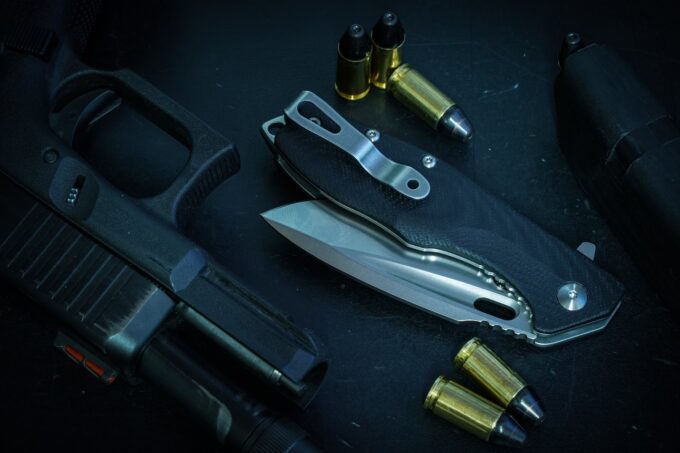By Jeff Derderian/Emmy Nominated Reporter
In a chilling reminder of the ongoing concerns about school safety, a recent investigation by Jeff Derderian of News 8 has uncovered startling figures about the presence of weapons in Connecticut schools. The findings shed light on the alarming frequency with which students bring knives, guns, and other weapons onto school property, raising urgent questions about safety measures and the well-being of students.
The memory of the horrific events of December 14, 2012, at Sandy Hook Elementary School remains vivid in the collective consciousness of Connecticut and the nation. On that day, 20 young children and six adults lost their lives in a senseless act of violence, leaving an indelible scar on the community. The tragedy served as a grim wake-up call about the need for robust security and mental health support in schools.
Fast forward to April 2023, the 25th anniversary of the Columbine school shootings, and the issue of school safety is more pressing than ever. Amery Bernhardt, who leads the Connecticut Center for School Safety and Crisis Preparation, commissioned a comprehensive study to understand why students bring weapons to school and how these incidents can be prevented. The study, obtained by News 8, surveyed school administrators across the state and revealed some unexpected findings.
The survey indicated that the most common reason students brought weapons to school was unintentional possession. Following this were reasons related to safety and protection, the desire to show off to peers, and finally, the intent to threaten or harm others, which ranked lower. These insights highlight the complex motivations behind weapon possession among students and underscore the need for targeted interventions.
The investigation revealed that school safety measures vary widely by district. Some schools have implemented metal detectors, wand checks, bulletproof glass, and extensive camera systems to enhance security. Despite these measures, the latest data from the Connecticut Department of Education for the 2022/2023 school year shows a disturbing trend. A total of 454 knives (each 2 ½ inches or longer) were confiscated, alongside 55 handguns—an increase of 22% from the previous year. Additionally, 95 pellet guns, 54 stun guns, and 118 toy guns were also found on school premises.
One particularly unsettling incident involved a toy gun that appeared dangerously real. Pooja Flynn, a concerned mother from Middletown, recounted a terrifying experience her 7-year-old son, Grayson, endured on his school bus. Another child pointed a realistic-looking toy gun at Grayson’s face and pulled the trigger. Although it was a toy, the trauma and fear it caused were palpable. Flynn shared her story with me, highlighting the vulnerability of even the youngest students.
Reflecting on the incident, Flynn expressed her immediate and visceral reaction: “When you heard that from the principal, what went through your mind?” she recalled, “I wanted to get there as soon as I could… my body went numb… toy or not.”
To address these threats and improve emergency response in schools, Joe Dooley, a law enforcement veteran now working with Mutualink, described an advanced automated emergency response system being implemented nationwide. “Within seconds, it brings in a colorized floor plan with cameras plotted on the map, linking to the school’s radio system,” Dooley explained. “We are sometimes talking seconds to make an informed decision which actually mitigates the threat and keeps people safe.”
For parents like Flynn, the safety of their children is paramount. The reality of discussing gun safety with a 7-year-old is a stark indicator of the changing times. “Did you ever think you’d have to talk with your 7-year-old about guns?” Flynn pondered. “Never. I never thought I’d have to do that.”
The News 8 investigation underscores the critical need for a multi-faceted approach to school safety. This includes enhanced security measures, comprehensive mental health support, and open communication between students, parents, and school officials. As communities continue to grapple with these challenges, the hope is that proactive strategies and technological advancements will create safer environments for all students.
